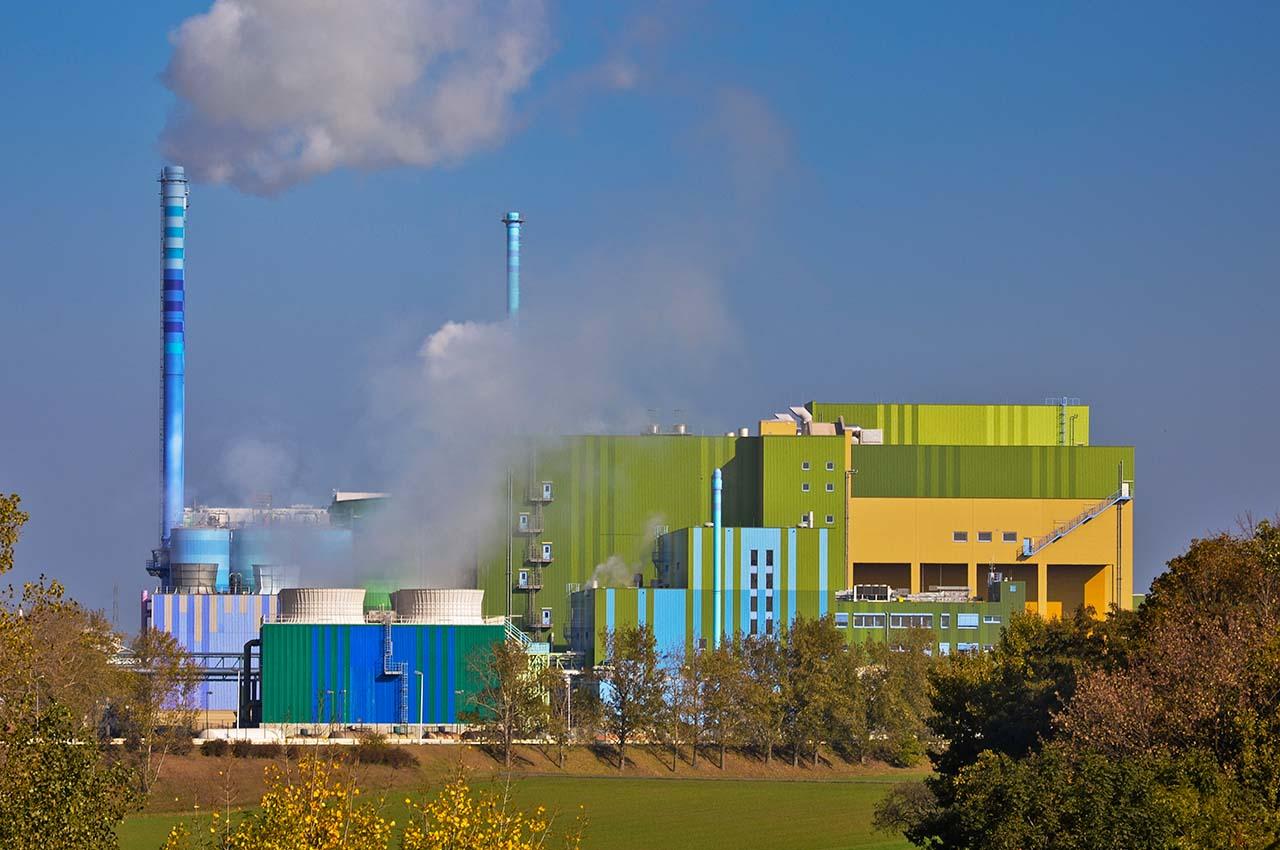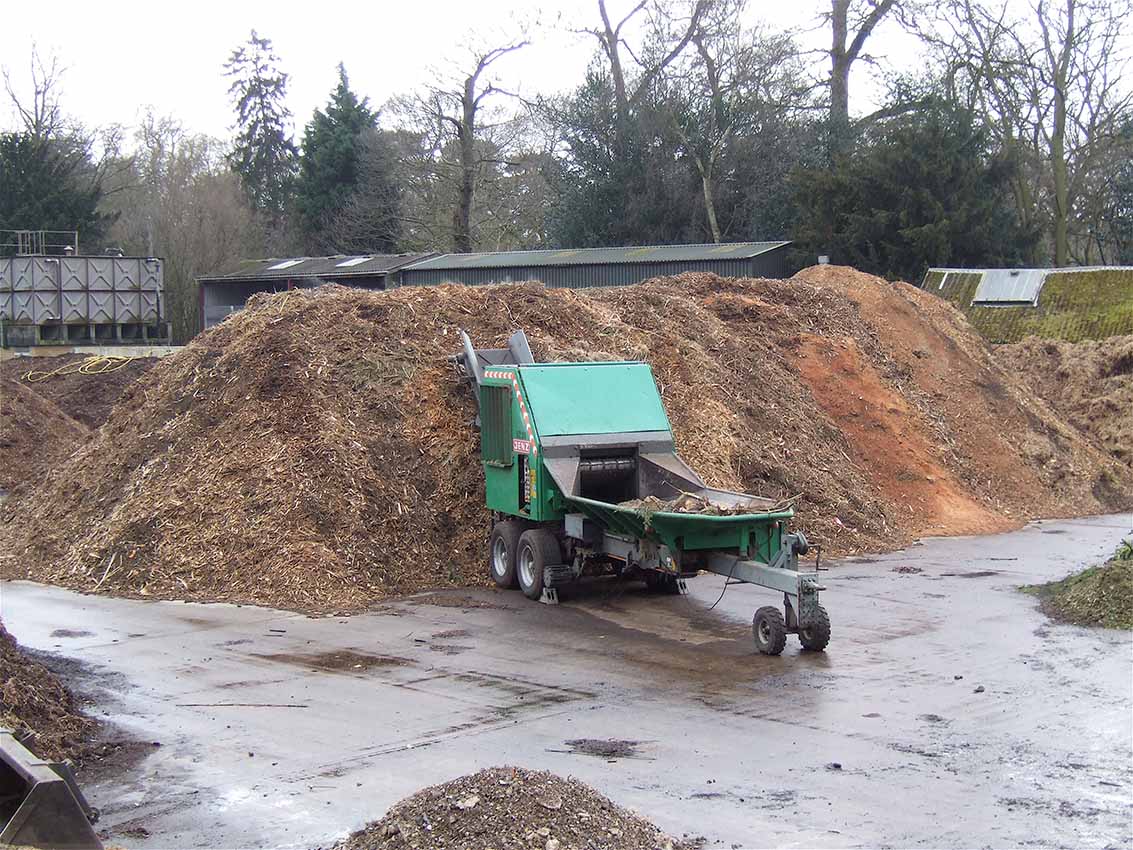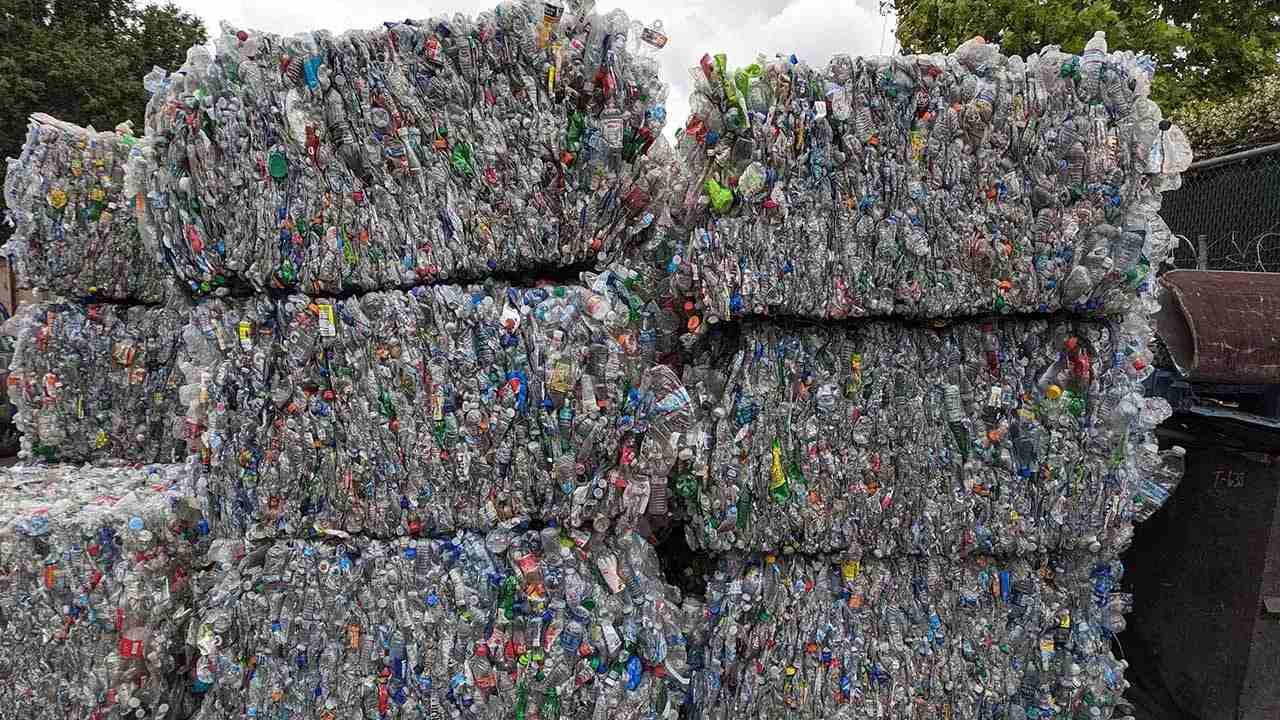Plastic Pollution: The Bane of a Wonder Material
The measures announced to make the July 1 ban on 20 single-use plastic (SUP) items are so comprehensive that only lax enforcement can breach them. But they left out the big polluters—the producers of fast-moving consumer goods—who sell their stuff in multi-layered plastic pouches or packets, which cause the bulk of the plastic pollution and are not recyclable. (See box in Second Lede for the list of banned items)
The Central Pollution Control Board (CPCB) has directed petrochemical companies not to supply material to units engaged in the production of these items. State pollution control boards have been instructed to withdraw their consent to operate given to the manufacturers of banned items. Customs are required to block the import of SUPs. Shops and establishments can obtain commercial licence on the condition they will not use or sell the SUP items; those in operation will lose their licence if they do.
“Enforcement will be the make or break of it,” says Sunita Narain, director-general of the Delhi-based Centre for Science and Environment (CSE). Suneel Pandey, director and senior fellow at Delhi’s The Energy and Resources Institute (TERI), expects the ban to be effective “gradually”, given the “enormity of the problem”. He says, “monitoring is the weak link”. While large manufacturers can be regulated, some of the SUP producers are so small they are not even registered.
But even stretched enforcement capacity can become deterrent enough with random checks for compliance and strict penalties for infractions. And even unregistered units need not remain below the radar. The CPCB’s 2019-20 report on plastic waste management notes the existence of 823 unregistered plastic manufacturing or recycling units.
This ban is only the first step in stopping a scourge that contaminates sub-soil water and soil, clogs drains and sewage systems, floats hideously on streams, rivers and in oceans, sickens stray cattle, despoils the landscape, and poisons the food chain. Many more items will need to be added. Narain says plastic carry bags and multi-layered plastic packaging must be prohibited. Thickness-based regulation is difficult to enforce, she says. It is also hard to collect used plastic bags.
The government has been wary of a blanket ban on plastic bags. When the rules for management and handling of plastic waste were notified in February 2011, the environment ministry said it is “impractical and undesirable” to do so in view of the “needs and concerns of lakhs of people involved in the informal sector”. To discourage single use and to enable the collection, plastic bags of less than 75 microns have been prohibited since October 2021. From December this year, the permitted thickness will be raised to 100 microns. Yet, the CPCB’s 2019-20 report says 21 states and Union Territories have banned plastic carry bags, irrespective of thickness. In other states, a few cities have disallowed them. In about seven states, plastic bags of less than 50 microns are prohibited. The report does not comment on the status of enforcement.

This ban is only the first step in stopping a scourge that contaminates sub-soil water and soil, clogs drains and sewage systems, floats hideously on streams, rivers and in oceans, sickens stray cattle, and so on
Regulating plastic bags on the basis of thickness should not be difficult if enforcement officials are earnest about it. The rules require bags to be stamped with the name and registration number of the manufacturer, the thickness of the bag and whether they can be recycled or composted. But it does raise the cost of enforcement and gives opportunities for corruption.
Life cycle analysis shows that plastic if recycled or incinerated, is better than alternatives like cloth, glass or aluminum. According to a 2016 report by the Federation of Indian Chambers of Commerce & Industry (FICCI), 1.5 pounds (675 grams) of plastic packaging can deliver 60 pounds (around 27 kg) of beverage compared to three pounds (1.36 kg) of aluminum and 50 pounds (22.65 kg) of glass. As less plastic material can package more, it reduces product weight, fuel consumption and emissions. Plastic also needs 25% less energy to produce compared to alternatives. So its environmental footprint is lighter, the report says, provided it becomes part of the circular economy and the waste never leaves the value chain.
The FICCI report adds that plastics are the material of choice for packaging food and beverages, toiletries, and pharmaceuticals. They ensure hygiene and prolong shelf life. If experience holds, rising population and income levels and changing lifestyles will drive the consumption of plastic. As Indians consume more and more packaged foods and beverages, soaps, shampoos, cosmetics and medicines, demand for plastic will grow. E-commerce will also drive its usage. The report says India’s per person annual consumption of packaging is “low”—4.3 kg compared to 42 kg in Germany and 19 kg in Taiwan, hinting that usage will increase though it may not catch up with these countries.
It is clear that we will have to live with plastic. Narain advises the adoption of a three-pronged strategy: collect all plastic waste; recycle or incinerate whatever is collected in a manner that is not damaging to the environment or to human health; and eliminate that which cannot be collected or safely processed. But do not let plastic get into landfills.
That would make multi-layer packaging a target for phase-out. These are extensively used for packaging snacks and for products delivered in sachet sizes like shampoos. News reports quoting an equity research firm say that the ban on 21 SUP items will affect only about 3% of plastic waste. The big polluters have been given a long rope. Regulations impose extended producer responsibility (EPR) on producers, importers and brand owners (PIBO) to collect and recycle this and three other categories of plastic packaging.
The obligation kicked in last year. PIBOs were required to collect 25% (by weight) of end-consumer plastic waste and waste produced in the course of production and packaging during the previous two financial years. The obligation rises to 70% this year and 100% next year. The recycling obligation starts from 2024-25 and varies between 50% and 30% of the plastic collected, depending on category. After rising in graded steps every year, the obligation plateaus at 80% and 60% from the fourth year onwards. Plastic that cannot be recycled has to be used for road construction, production of energy or oil, or co-processed in cement kilns. None of the plastic can go to landfills.
According to a FICCI report, 1.5 pounds (675 grams) of plastic packaging can deliver 60 pounds (27 kg) of beverage compared to three pounds (1.36 kg) of aluminum and 50 pounds (22.65 kg) of glass
PepsiCo India, which is one of the largest sellers of branded packaged snacks, declares on its website that it will not send any waste from its factories to landfills from 2025. It asserts that it will design its packaging to be recoverable or recyclable by then while partnering to increase packaging recovery and recycling rates. In an October 2021 press release, PepsiCo India said it had been working across multiple states to collect, segregate and manage all its packaging that year. An email sent to the company seeking details of the plastic packaging waste collected and recycled did not elicit a response.
Hindustan Unilever (HUL) says it is committed to collecting and processing more plastic than it sells. Its website has a detailed plan of action. The soaps-and-soups company assures that it will use entirely reusable, recyclable, or compostable plastic packaging by 2025. Another commitment is not to send any waste from its factories to landfills by that year and to use 15% recycled plastic. HUL says it achieved ‘plastic neutrality’ in 2021. That year, it used 1,07,000 tonnes of plastic and collected 1,10,000 tonnes. Between 2018, when it started maintaining records of plastic waste generation, and 2021, it used 4,06,000 tonnes and collected 56% of it or 2,30,000 tonnes, its website says. This is better than what the regulations prescribe.

The EPRs, however, are based on self-declaration. To ensure that the obligations are adhered to, PIBOs should be required to file annual returns with the pollution control authorities. Adherence to commitments should be independently audited and certified. The regulator also needs to be sincere about enforcing the rules.
For instance, a CPCB circular of October 2020 notes that cigarettes, gutka, tobacco and pan masala continue to be sold in plastic pouches. The Supreme Court had forbidden this in 2010 and the government had notified the ban in February 2011. The CPCB notes that being small, it is difficult to collect pan masala and gutka pouches and they continue to litter the streets and pollute water bodies. Another circular issued that month notes that several states have not registered PIBOs for extended producer responsibility. Those who have registered do not readily respond to queries raised by the CPCB and are non-compliant with the regulations.
The obligation kicked in last year. PIBOs were required to collect 25% (by weight) of plastic waste and waste produced in the course of production and packaging during the previous two financial years
India will have to get serious about the management of plastic waste if it does not wish to get overwhelmed by it. In 2019-20, state pollution control organisations reported plastic waste generation of 3.47 million tonnes. Maharashtra led with 13%, Tamil Nadu and Gujarat followed at 12% each, the share of West Bengal and Karnataka was 9% each, while Delhi contributed 7%. The per capita annual plastic waste generated had more than doubled over a five-year period from less than 1 kg in 2015-16 to a tad less than 2.5 kg. Goa led with 12 kg per person/year followed by Delhi at 10 kg per person/year.
For curbing plastic pollution, supply-side curbs must be complemented by denial of demand. A mindset change is needed. The campaign must assume the nature of a movement like the mission to make India open defecation-free (ODF). In the ODF campaign, there was multi-media advertising to create awareness; brand ambassadors like Amitabh Bachchan were enlisted, and there was buy-in from top government leaders including the prime minister. In Parameswaran Iyer (currently CEO, NITI Aayog), there was a motivated and able official overseeing the ODF programme as the Secretary, Drinking Water and Sanitation, who ensured the rapid implementation of Swaach Baharat. Of course, India is still not completely free of open-air defecation and usage of toilets in some pockets of the country is low. But there has been a big mindset change. The menace of plastic waste needs a similar, multi-pronged attack.

























